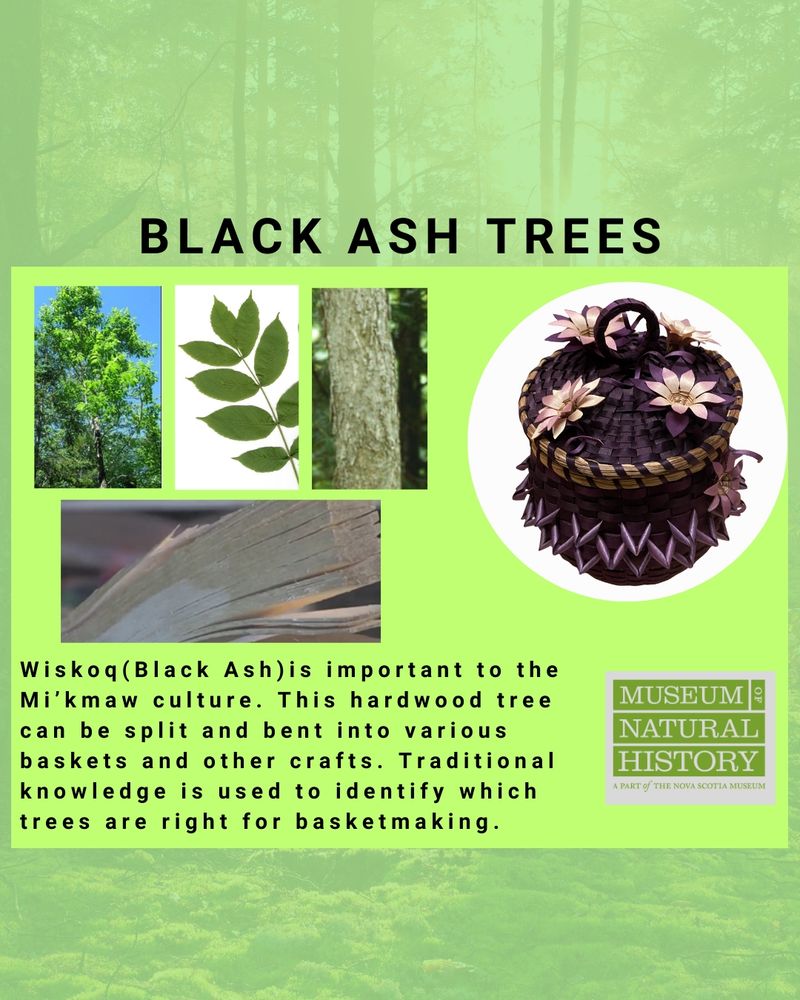Nova Scotia Museum of Natural History
@mnhnovascotia.bsky.social
280 followers
33 following
300 posts
Museum of Natural History located in Halifax, Nova Scotia.
Part of the Nova Scotia Museum family, sharing Nova Scotian natural and cultural history.
Posts
Media
Videos
Starter Packs
Pinned



























